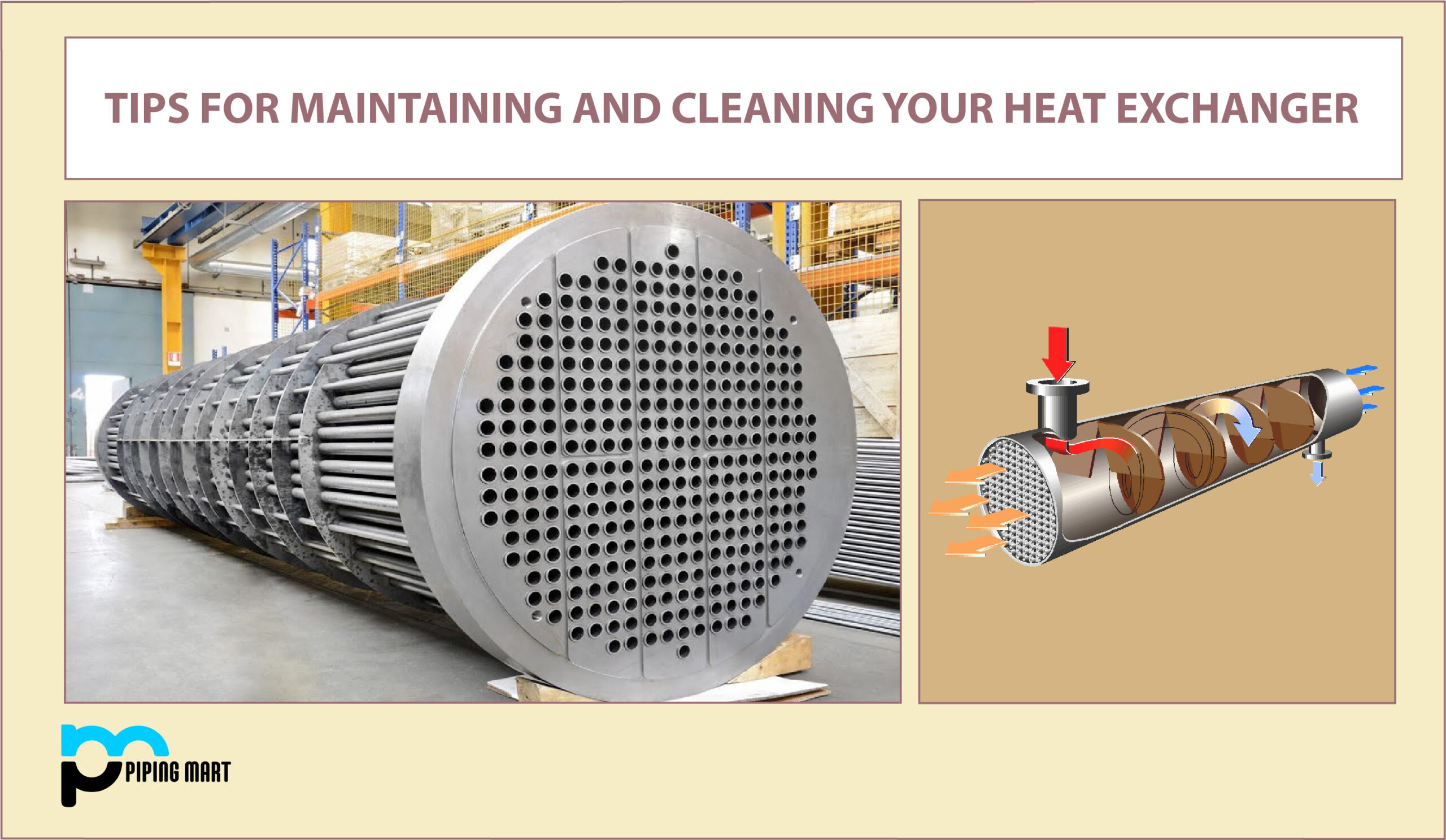When processing, heat exchangers are made to maximize the transfer of heat from one gas or liquid to another (CIP). To compensate for gaps in the target temperature, degraded heat exchanger performance brought on by fouling or aging requires additional operating and energy expenses. Therefore, heat exchanger cleaning and maintenance are crucial to maintaining the effectiveness of systems. Equipment is kept in good working order with regular maintenance, which helps avoid urgent repairs. If a heat exchanger needs to be shut down unexpectedly, the expense of cleaning it is cheap compared to the cost of missed production.
Product or chemical deposits on the heat-transfer surfaces must be routinely cleared to maintain an exchanger working at peak efficiency and prevent processing halts. Several expenses can emerge from heat exchanger fouling or the unwelcome buildup of deposits on heat-transfer surfaces:
- Shutdowns cause a loss of production
- maintenance fees for removing thick levels of fouling
- changing out plugged-in equipment
The fouling and aging of heat exchangers cause deposits that impair their performance.
- The recently deposited substance on contact surfaces is called fouling.
- Near the surface of heat transfer components, aging takes place.
Three key factors play into the frequency and degree of fouling
- Fluid Temperature
Minerals like calcium carbonate in water can cause scaling (CaCO3). With a temperature rise, salts accumulate on the heat exchanger surface. Similarly, biological growth may happen when the temperature rises during food processing.
- Nature Of The Fluid
For instance, fouling from the formation of deposits reduces flow during milk processing, increasing the pressure drop across the exchanger. Proteins, lipids, sugars, and minerals found in milk and dairy products that can separate from solutions and deposit on heat exchanger surfaces and clog channels are known as fouling agents in the dairy industry.
- Fluid Velocity
Most of the time, fouling declines as fluid velocity increases because the shear stress of the fluid increases, which results in more deposit removal. Increasing flow velocity may eradicate particle fouling.
However, raising flow velocity beyond a certain threshold might not considerably reduce fouling for stronger deposits, and for solid deposits, it might have no impact at all.

Pipingmart is B2B portal specializes in industrial, metal and piping products. Also, share latest information and news related to products, materials and different types grades to help business dealing in this industry.




